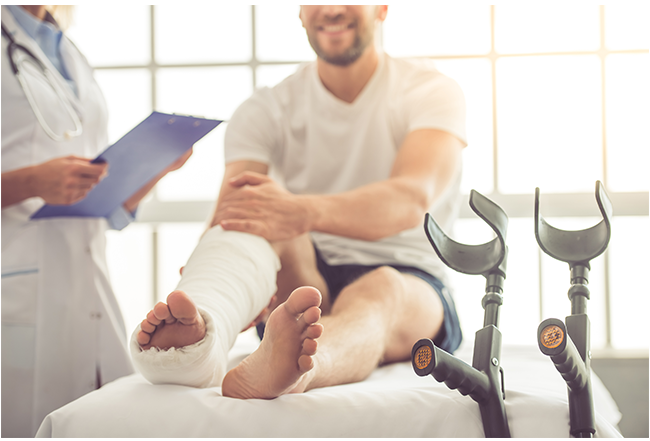Enhancing Recovery Through Cardiovascular Physical Therapy during the Journey of Post-Operative Recovery
Enhancing Recovery Through Cardiovascular Physical Therapy during the Journey of Post-Operative Recovery
Blog Article
Cardiopulmonary physical treatment plays a crucial role in assisting patients heal following surgical procedures, particularly for those who have undergone procedures affecting the cardiac system and pulmonary system. Healing from an operation can be a difficult journey, frequently accompanied by discomfort, exhaustion, and restricted movement. However, with the appropriate strategy and assistance, patients can restore their vitality and enhance their general health. This type of therapy focuses on enhancing the function of the cardiac system and lungs, which is essential for a successful recovery.
One of the primary goals of cardiopulmonary physical treatment is to enhance heart and lung endurance. Following an operation, patients may experience decreased stamina, making everyday activities feel more exhausting. Through a carefully structured fitness program, physical therapists assist patients in gradually increasing their physical activity levels. This may consist of exercises such as ambulating, cycling, or specific breathing activities. These activities not only aid build strength but also increase respiratory capacity, which is vital for ensuring that the body receives enough air.
Moreover, cardio-pulmonary physiotherapeutic treatment emphasizes the significance of respiratory methods. Many surgical patients may struggle with deep breathing due to pain or limited mobility. Physical therapists teach patients how to perform profound respiratory exercises, which can help increase the pulmonary system and clear out any mucus that may have built up during the recovery process. Proper respiratory methods are essential to prevent issues such as lung infections, which can occur if the lungs are not operating effectively. By concentrating on these techniques, patients can improve their recovery and overall pulmonary health.
Another critical element of this type of treatment is education. Therapists provide valuable insight about the recovery journey, including what patients can expect during recovery. They clarify how to identify warning signs that may indicate complications, helping individuals feel more click this link here now in charge of their well-being. Understanding the role of physical activity in recovery allows patients to take an engaged part in their recovery process. This empowerment is essential for building self-assurance and encouraging a constructive outlook during recovery.
In conclusion, cardio-pulmonary physiotherapeutic treatment is an integral aspect of post-surgical recovery for individuals undergoing heart and lung procedures. By concentrating on enhancing cardiovascular endurance, teaching respiratory techniques, and providing education, physical therapists empower individuals to assume control of their recovery. This specialized treatment not only assists in physical recovery but also enhances emotional well-being, making the journey of recovery smoother and more bearable. With the appropriate assistance and direction, individuals can effectively restore their vitality and return to their daily lives.